RESEARCH
Bio-inspired Materials Processing
Biological materials provide a blueprint for enhancing the properties of man-made materials and for improving the sustainability of the processes by which they are fabricated. Our group investigates several role model materials to elucidate underlying structure function relationships that are then adapted for designing advanced materials. To achieve these goals, we take a cross-disciplinary approach combining both traditional and advanced methodologies from across physical chemistry, biochemistry, materials chemistry, and engineering.
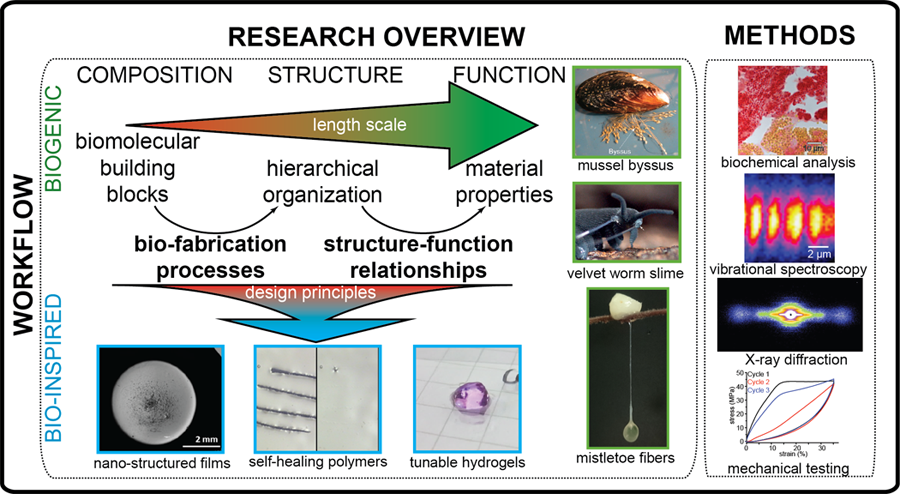
Click on the sections below to learn more about our research
From fluid condensates to hierarchical materials
Biological and bio-inspired metal coordination
Material Bio-interfaces and Adhesives
Dynamic Smart Materials for Biomedical Applications
From fluid condensates to hierarchical materials
Nature produces remarkable polymeric materials from protein building blocks via bottom-up self-assembly. These materials possess complex structural hierarchy at multiple length scales from which excellent material properties emerge. Our work shows that certain animals utilize fluid protein condensates (e.g., coacervates, liquid-liquid phase separation, liquid crystals) as precursor phase to achieve rapid assembly of these complex polymer materials. Extracted concepts are relevant for sustainable plastics and tissue engineering.

Mussel byssus function and fabrication
The mussel byssus has emerged as an important role model for engineering materials with high toughness, self-healing capacity, abrasion resistance and wet adhesion. Our group uses a range of methods (e.g., X-ray diffraction, Raman spectroscopy, electron microscopy) to investigate the role of protein condensates (coacervates and liquid crystals) in forming these high performance materials. Recent in vitro assembly studies have focused on the role of chemical factors (e.g., pH, redox state, ion concentration) in determining the "fluid to fiber" transition during fabrication.
Relevant literature

Velvet worm slime fibers
Velvet worms (a.k.a. onychophorans) are invertebrates that hunt prey using a fluid projectile slime that transforms in mid-air into gel-like fibers that then harden into polymer fibers as stiff as Nylon. Remarkably, the fibers can be dissolved in water, and new fibers can be drawn from the solution, providing an excellent role model for designing recyclable plastics. Our work aims to understand how this process works, focused on the key role of fluid condensates and mechanical forces in fiber formation.
Relevant literature
Biological and bio-inspired metal coordination
Metal coordination bonds are special interactions between metal ions and specific ligand molecules, which have properties that are very strong, yet transient and reversible . Because of these properties, materials that are held together with metal coordination have dynamic and stimuli responsive properties, including self-healing behavior . We learn how nature makes materials using metal coordination and then apply these tricks for designing synthetic metallopolymer materials with dynamic properties.

Metals in biological materials
Long before humans used metal coordination for making new materials, certain animals evolved materials containing protein-metal coordination bonds as key load-bearing cross-links. We investigate how mussels use the amino acids DOPA and histidine to form strong, yet transient cross-links with metals such as zinc, iron and vanadium, resulting in enhanced toughness, wet adhesion and self-healing behavior.
Relevant literature
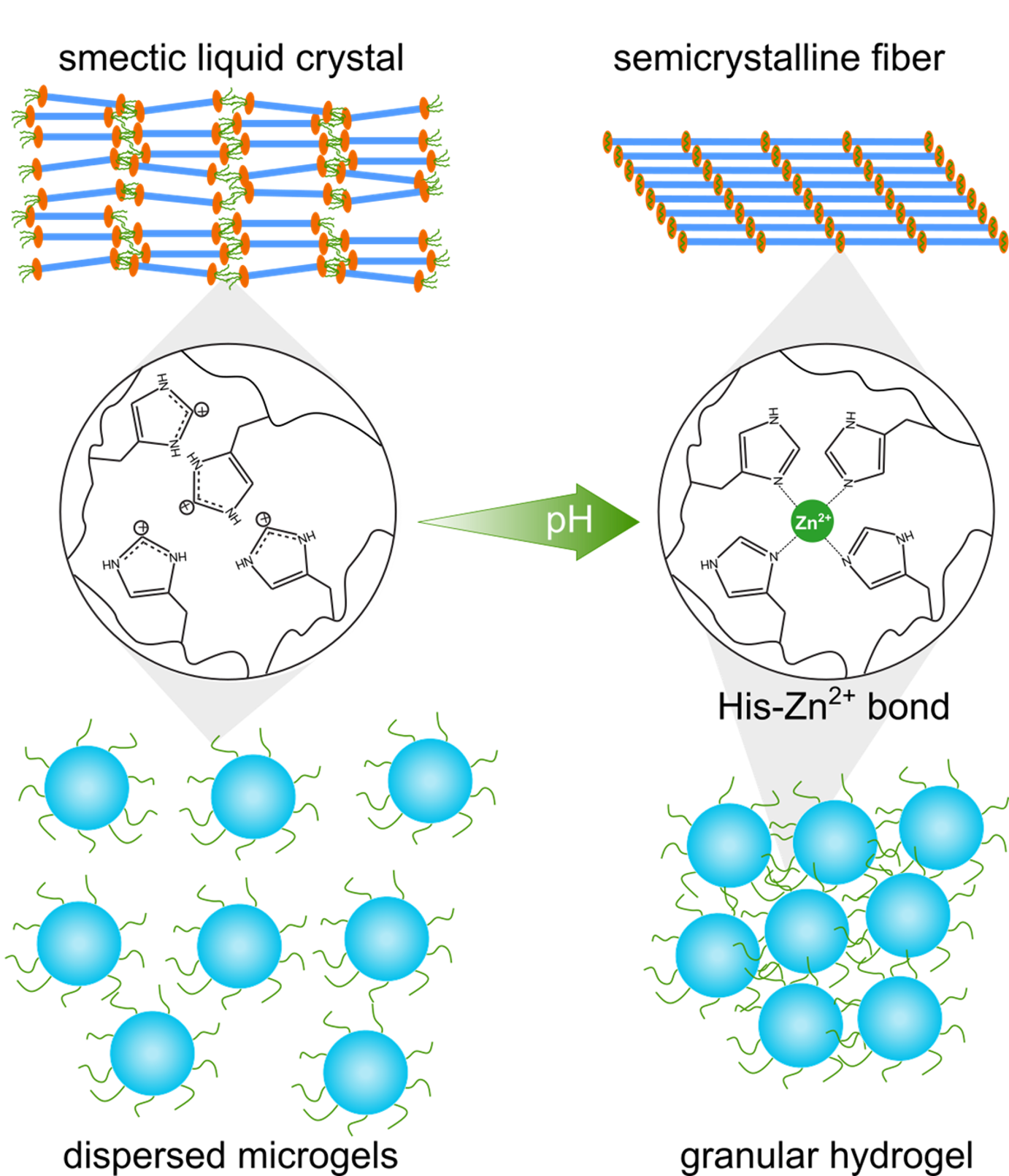
Metal-binding peptides and polymers
Taking advantage of pH-responsive metal coordination inspired by the mussel, our group creates materials from synthetic peptides, polymers and peptide-polymer hybrids to create mechanically tunable and responsive materials including hydrogels.
Relevant literature
Material Bio-interfaces and Adhesives
Nature can teach humans how to solve important problems for material design in biomedical and technical applications. Two key areas of interest are 1) engineering interfaces between materials with different properties (important for implant design) and 2) chemical strategies for achieving wet adhesion (important for biomedical adhesives). While humans have still not successfully solved these challenges, certain organisms have. By elucidating the chemical design principles underlying these materials, we can inspire novel material design.
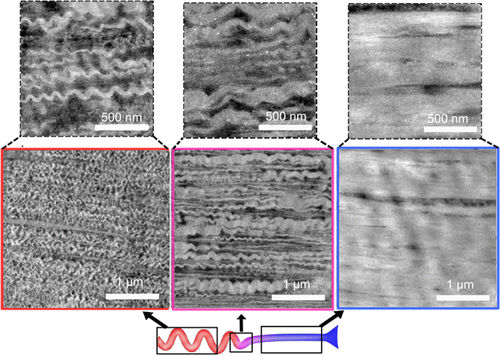
Gradients and bio-interfaces in the mussel byssus
Mussels connect their soft tissue to hard stones in marine habitats using fibers called byssal threads. At one end, the polymeric byssal threads are glued to the surface of stone in a seawater environment, and at the other end, they are anchored into the living tissue of the mussel. In between, the mechanical properties gradually change to avoid stress concentrations and failure. By understanding how this works, we can inspire new design of surgical glues and effective implant materials.
Relevant literature
Mistletoe viscin
Mistletoe is a parasitic plant that spreads when its seeds are transported to tree branches by birds. Key to their dispersal is the sticky outer coating of the seeds known as viscin. We discovered that viscin can strongly to adhere to almost any surface and can be drawn into 2 meter long, ultra-stiff fibers comprised mainly of celluolse by simple mechanical drawing. By understanding the underlying chemical principles, we can design new adhesives and develop sustainable plastic fibers.
Relevant literature
Dynamic Smart Materials for Biomedical Applications
Critical to achieving breakthroughs in tissue engineering, one must control viscoelastic mechanical properties of soft material scaffolds. Importantly, biology can inspire material solutions for designing mechanically tunable viscoelastic scaffolds for directing the growth of cells and tissues. In a new direction in our research group, we are creating synthetic injectable scaffolds using polymers and peptides, and we are repurposing natural biological tissues from marine organisms to create mechanically tunable collagen-based scaffolds.
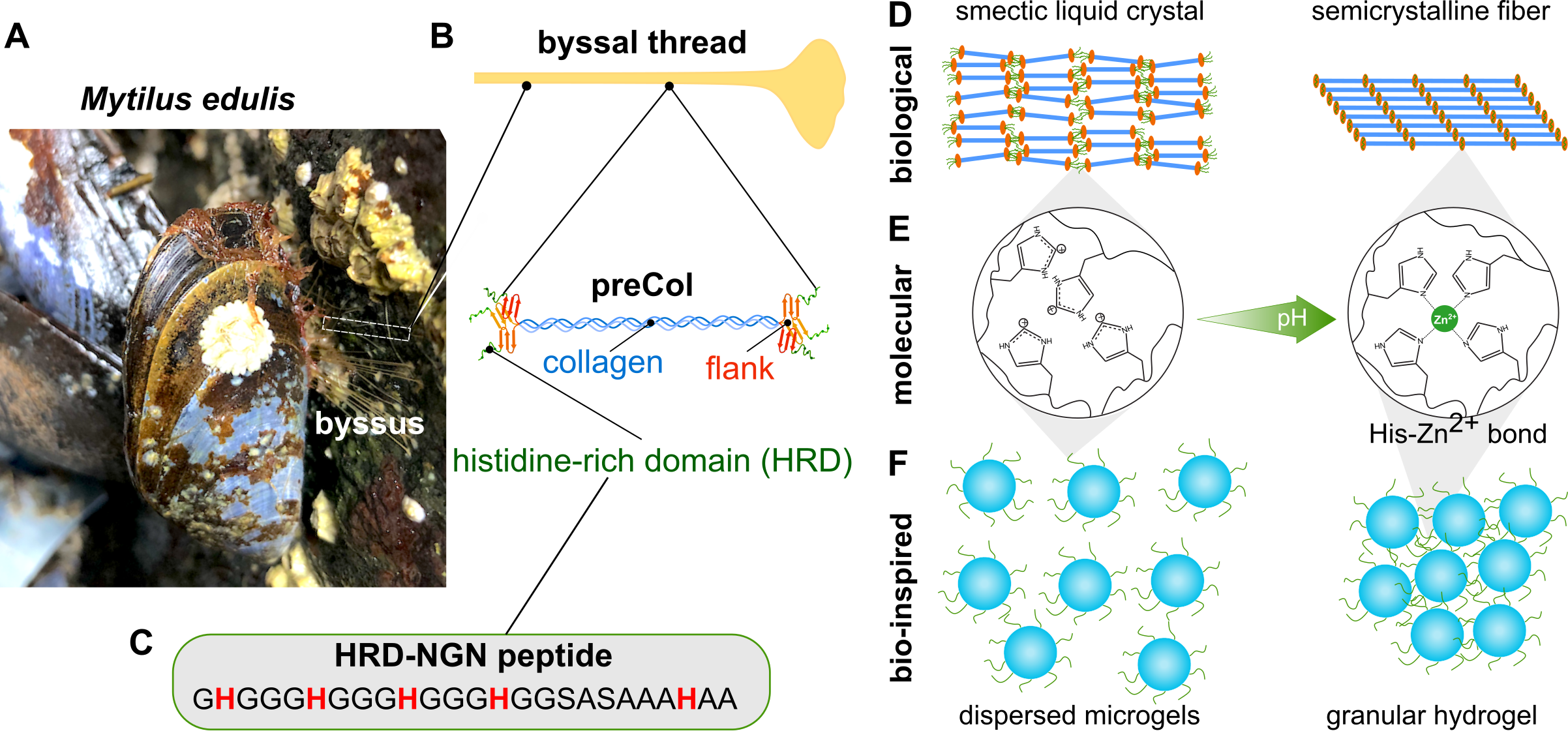
Bio-inspired Granular Hydrogels
Taking advantage of mussel derived peptide sequences proven to play a role in self-assembly of the byssus, we are engineering new material solutions for injectable tissue scaffolds. In one example, we decorate soft hydrogel spheres with histidine-rich peptide sequences from the mussel. The peptide directs a pH-responsive aggregation in physiological conditions producing an injectable granular hydrogel that provides an excellent environment for growing cells for potential tissue engineering applications.
Relevant literature
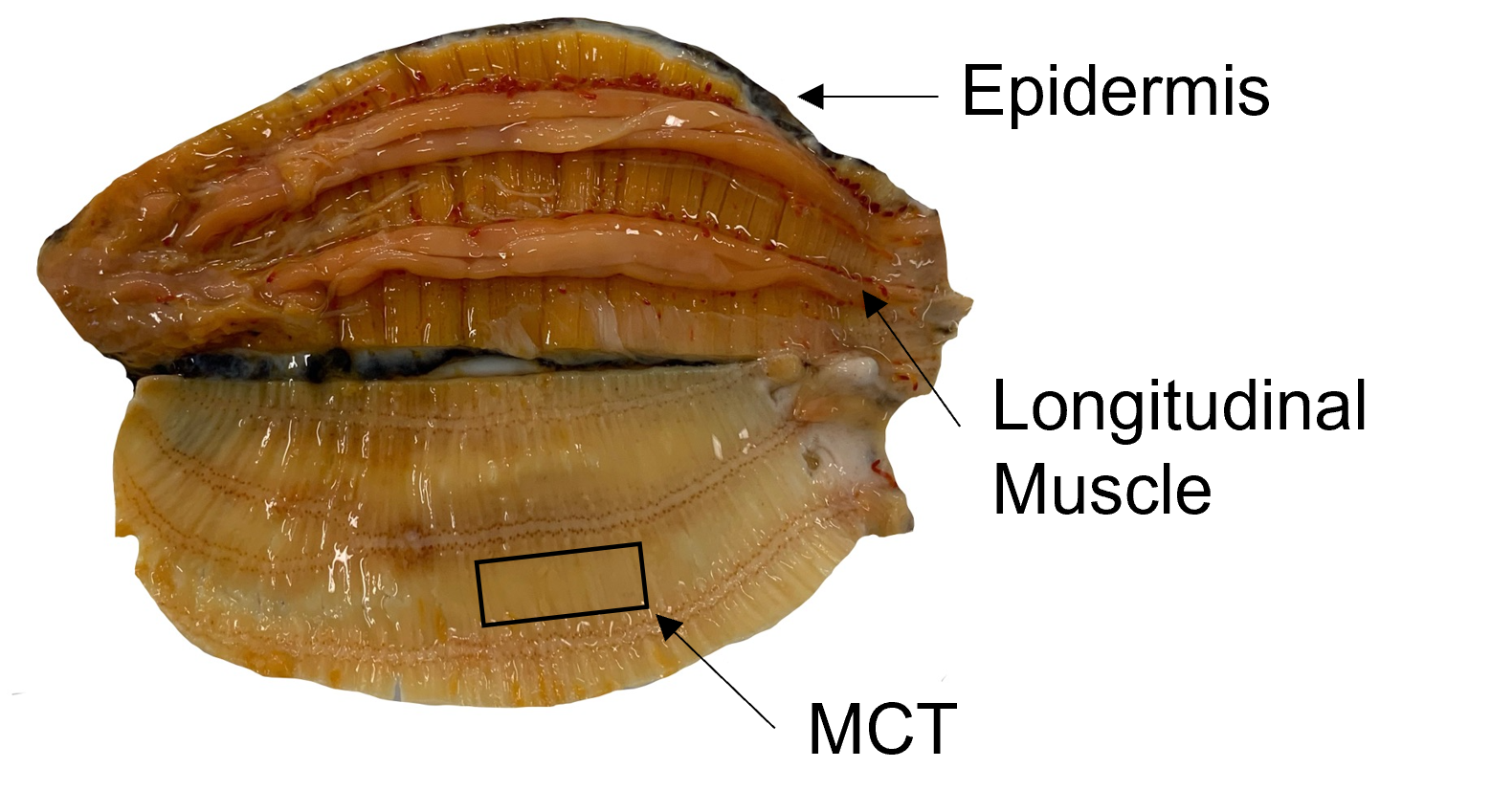
Sea Cucumber Tissue Scaffolds
Sea cucumbers possess a layer of tissue comprised primarily of collagen that can undergo large changes in stiffness and viscoelasticity using several effector proteins known as tensilin and softenin. This so-called mutable collagen tissue (MCT) may provide an ideal mechanically tunable substrate for tissue engineering. However, this first requires a deeper understanding of structure-function relationship defining this biological material and the roles of the effector proteins.
